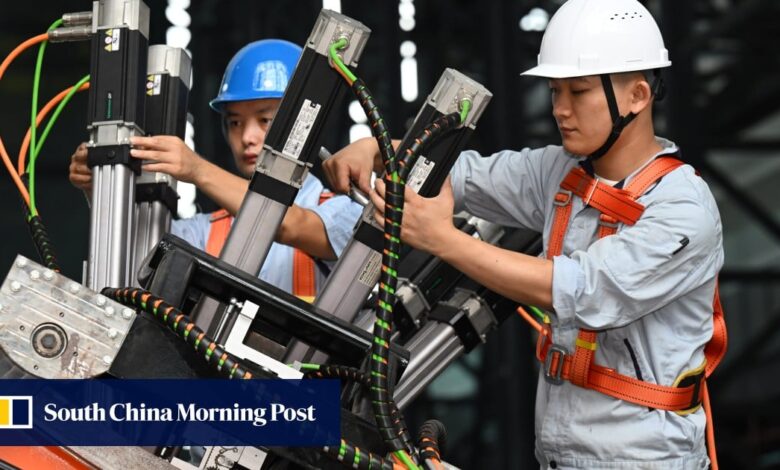China launches ‘Kuafu’ nuclear fusion research facility, named after mythical giant, in quest to build ‘artificial sun’

[ad_1]
A Xinhua report on Monday revealed for the first time the interior of the completed main building of the facility in east China’s Anhui province.
It is formally known as the Comprehensive Research Facility for Fusion Technology (CRAFT) but has been nicknamed “Kuafu” after a mythical figure who attempted to capture the sun.

Also featured in the report was a 700-tonne (771-ton) superconducting magnet used for magnetic confinement fusion.
CRAFT is expected to be completed by the end of 2025, and scientists have already started working on projects at the complex, according to Xinhua.
Fusion is powered by deuterium and tritium, two hydrogen variants commonly found in the ocean. According to Xinhua, one litre of seawater has enough deuterium to produce fusion energy equivalent to the burning of 300 litres (79 gallons) of petrol.
Fusion does not emit greenhouse gases, instead releasing helium, and the radioactive waste produced can be recycled within a century. It also does not use uranium or plutonium, and there is no risk of a meltdown at a fusion reactor.
CRAFT is part of China’s plan to replicate the power generation of the sun.
These breakthroughs are expected to contribute to the operation of the International Thermonuclear Experimental Reactor (ITER) in France – the world’s largest fusion experiment.
Hu Jiansheng, the deputy director of the Institute of Plasma Physics at the Chinese Academy of Sciences, told the Global Times in 2022 that China had already achieved 80 per cent of the key technology research needed for fusion power. He added that China could have usable fusion energy in 30 to 50 years.
[ad_2]
Source link





